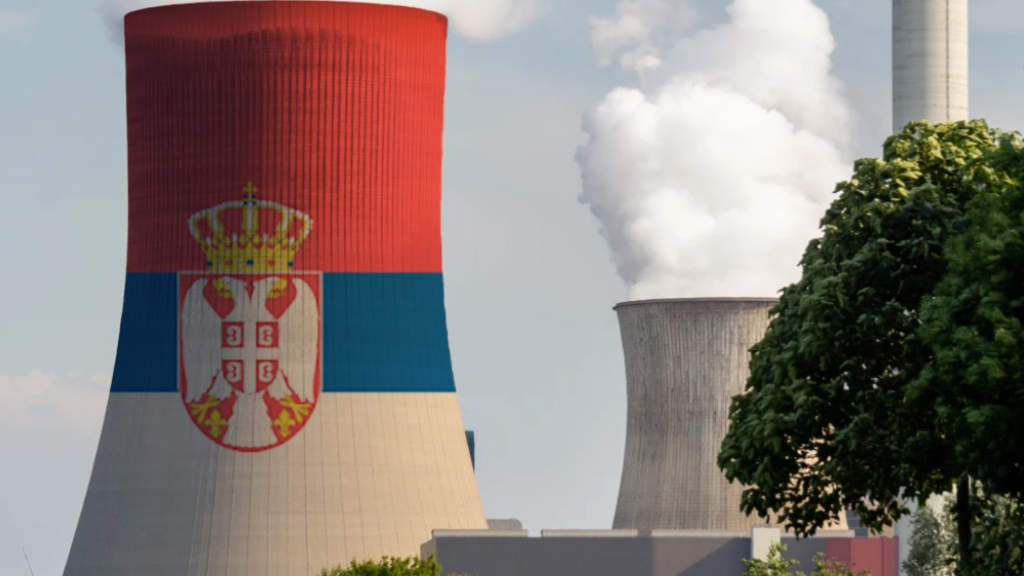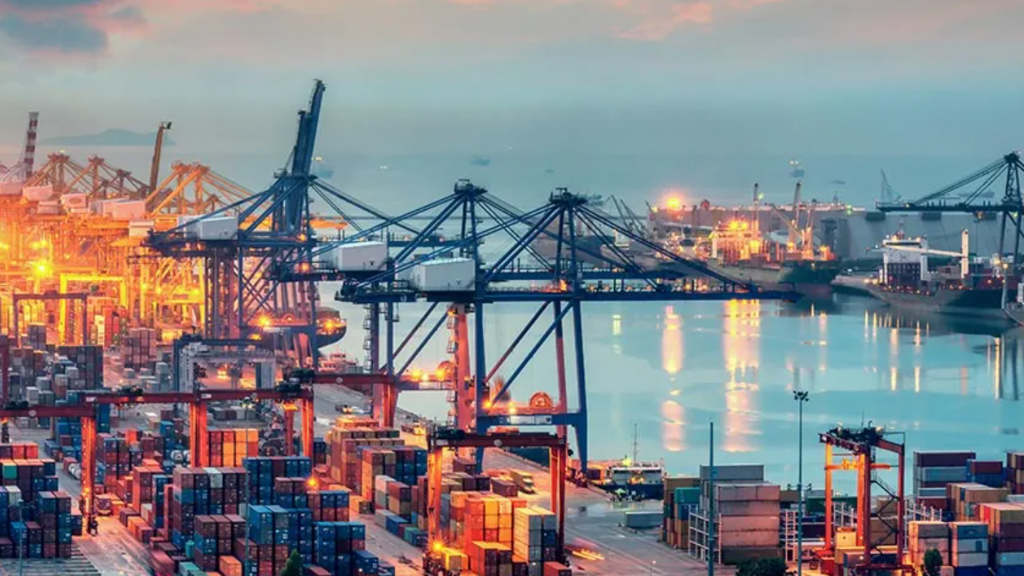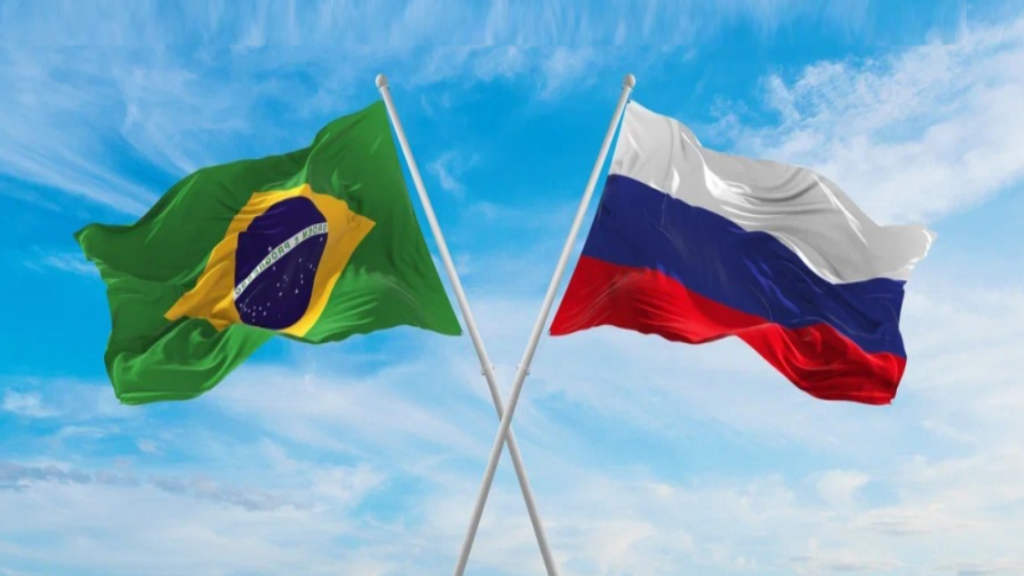The Serbian Ambassador to Moscow, Momčilo Babić, has said that the Serbian government has begun a substantive dialogue with Rosatom on a Nuclear Power Plant (NPP) construction project. The Serbian Parliament has now lifted a prior moratorium on nuclear power plant construction, due to a projected quadrupling of national energy consumption by 2050. Belgrade is currently selecting a partner for the project, with options including Russia, South Korea, China, and France. Analysts believe the Russian proposal is the most advantageous, as it encompasses all segments of the nuclear energy sector.
Babić said “We are seriously discussing this with Rosatom. I don’t think there’s a better company in the world for building a nuclear power plant. I’m confident there will be progress in the coming years, because we need electricity. We’ll do it no matter what.”
In November 2024, the Serbian Parliament lifted the ban on NPP construction, which had been in place since 1989 and had been imposed after the Chernobyl accident in Ukraine. This stance has now changed due to Serbia’s rapidly growing electricity consumption forecasts. This is partly due to the rapid growth of the Serbian economy: the country’s GDP grew by 3.8% in 2023, by 3.9% in 2024 and is expected to reach 3.5% for 2025. This is over three times the current growth rate in the European Union.
Serbia has also been subjected to EU attempts to cut it off from Russian oil and gas, with the EU wanting to eliminate all energy supplies from Russia by 2028. That has meant an embargo on maritime shipments of Russian oil, which has been in effect since December 2022. As Serbia is landlocked, this has created supply chain problems. Coal, oil, and gas currently account for over 85% of Serbia’s energy supplies. Switching to nuclear power is an affordable way to ensure its energy security. Serbia’s Minister of Mining and Energy, Dubravka Djedović-Handanović, began developing a national program for the use of nuclear energy in July this year.

Rosatom faces competition. Earlier this month, the Serbian government signed two memorandums of understanding with the South Korean company KHNP on cooperation in the field of nuclear energy. KHNP has previously won the tender for the reconstruction of the Cernavoda Nuclear Power Plant (CNPP) in Romania.
Last year, the Serbian Ministry of Energy hired the French company EDF to conduct a study on the potential use of nuclear power. However, although France has extensive experience in the nuclear sector, it has not built any new NPP for several years.
Meanwhile during the Serbian President, Aleksandar Vučić’s visit to Moscow for the May 9 end of war celebrations, discussions were also held that led to Rosatom’s interest in the Serbian project. Rosatom is ready to offer Serbia designs for both small and large NPP.
Negotiations between Russia and Serbia on the construction of a proposed NPP could take up to two years, with development planned immediately after a successful conclusion. It is also possible that Russia will provide Belgrade with a preferential loan to assist with the project. Rosatom has some competitive advantages as its portfolio includes the construction of NPP in addition to maintenance, nuclear fuel supply, and waste disposal. They are the only nuclear power operator that operates in all segments.
The capacity of the proposed NPP will largely depend on the Serbian authorities’ willingness to reduce the share of its other energy sources. If Belgrade decides to build a large NPP, Rosatom will likely propose an option with two VVER-1200 reactors. A similar project is currently being discussed with Kazakhstan, while a plant of this type was previously built in Belarus. If a smaller NPP is chosen, Rosatom could offer RITM-200 or RITM-400 reactors. These would be sufficient to power a large city, such as Belgrade or a region of the country.
It is possible that several different operators could become involved. Hungary’s Paks II nuclear power plant is an example: although Rosatom is the main contractor for the construction of two large power units, German and French subcontractors are also making significant contributions.
Rosatom currently ranks first in the world in terms of the number of nuclear power plant construction projects abroad, with 39 power units under construction in 10 countries. New construction projects include a NPP in Kazakhstan, a small NPP in Uzbekistan, and plans to build a small NPP in Myanmar.
However, the European Union could impede the construction of a Serbian NPP if it involves Russian participation. Brussels had previously attempted to exclude Russia from Hungary’s Paks II project, but Budapest succeeded in securing sanctions exemptions. Currently, the EU is not imposing restrictions on the Russian nuclear industry due to the dependence of France, Slovakia, and Hungary on nuclear fuel supplies from Russia. The European Commission meanwhile expects the EU nuclear sector to completely transition away from Russian nuclear products by the 2030s.
Serbia is also an EU candidate nation, with Belgrade currently harmonizing its legislation with European legislation. Brussels is already demanding that Serbia join anti-Russian sanctions, meaning that the EU will try to prevent Russia’s participation in major projects in Serbia.
The European Union is currently attempting to influence the Serbian authorities by exploiting the protests that have been ongoing since November of last year. Russian Foreign Intelligence Services have reported that the unrest in Serbia is linked to subversive activities by the European Union, aimed at installing a loyal leadership. According to their information, an attempted “colour revolution” could take place on November 1 – being the anniversary of the tragedy at the Novi Sad train station on November 1, 2024, which killed 16 people.
The situation in Serbia remains politically tense – with both the European Union and Russia vying for influence. Serbia currently has a Free Trade Agreement with the Eurasian Economic Union – while Rosatom’s expertise and Russian state financial assistance should be enough to allow Belgrade to proceed with Rosatom – however, two years is a long time in European politics – while Vucic faces Parliamentary elections in 2027.
Further Reading






